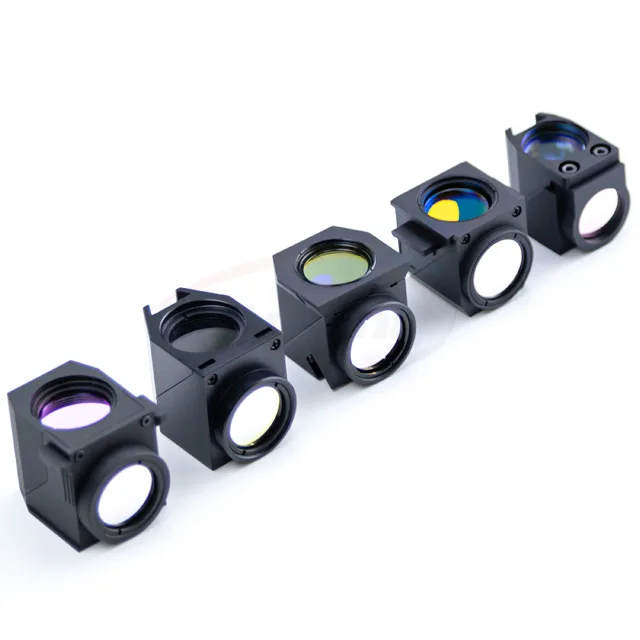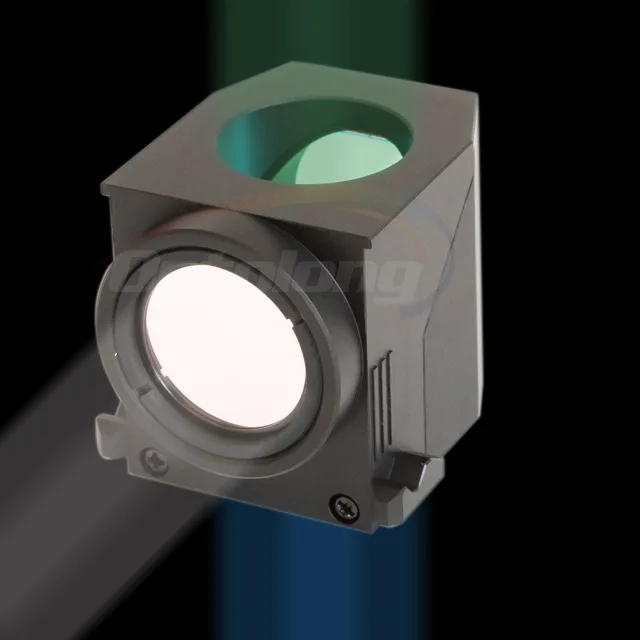Nowadays for our modern society and technology, microscopes have been invaluable tools in the world of science. Which allows researchers and professionals to explore the intricacies of the microscopic world.
Hopefully, you know that Optolong is a renowned manufacturer of optical imaging element. It offers you a range of microscope filters that play an important role in enhancing the quality of microscopic observations.
In this blog post, we will describe into the goals and uses of Optolong microscope filters.

What are Optolong microscope filters?
Optolong microscope filters are optical and made for use in microscopes manufactured by Optolong and it is an excellent optical element.
These filters are specially and carefully designed to operate how light links with specimens under observation, increasing the quality and contrast of microscopic images. It offers a broad range of microscope filters with specific functions.
For example, fluorescence filters for learning fluorescently tag samples, dichroic mirrors for different excitation and release light, neutral solidity filters for direct light intensity, polarizing filters for reading birefringent materials, and more.
Goals of microscope filters?
Optolong microscope filters work for many vital goals in optical microscopy, depending on the specific type and application of the filter. We gather here some common goals and purposes of fluorescence microscope filters. Such as,
Wavelength Selection
These filters are utilized to choose explicit wavelengths of light, permitting just specific tones or districts of the range to go through. This is significant for applications like fluorescence microscopy. Different fluorophores transmit light at various wavelengths, and you need to seclude explicit varieties for imaging.
Contrast Enhancement
It can improve contrast in microscopy by specifically hindering or sending specific wavelengths of light. For instance, contrast-upgrading filters can work on the permeability of cell designs, cores, or different examples.
Image Clarity
Filters can be utilized to decrease brightness, reflections, or undesirable foundation light, subsequently working on the clearness and nature of the magnifying instrument picture.
Fluorescence Imaging
In fluorescence microscopy, these filters are fundamental for energizing and catching fluorescence signals. Excitation filters select the particular wavelength of light to invigorate the fluorophore, and outflow filters disengage the transmitted fluorescence for imaging.
Dichroic Beamsplitters
Dichroic mirrors or beamsplitters are specific filters that send specific wavelengths while reflecting others. These are regularly utilized in multi-channel fluorescence microscopy to separate and direct unique fluorophore outflows to particular locators.
Light Source Control
Optolong Filters be utilized to control the light source in microscopy, guaranteeing suitable brightening for the example. This incorporates filters for changing light power and a variety of temperatures
Limiting Photobleaching and Phototoxicity
These filters can also be utilized to limit photobleaching (the blurring of fluorescence) and phototoxicity (harm to living examples) by choosing the ideal excitation and emanation wavelengths and force.

Where are Optolong microscope filters used?
Our microscope filters are used in a broad range of microscopy applications to operate and control the properties of light, enhance contrast, and enable specific imaging art. For your better understanding, we collect here some common sectors where fluorescence microscope filters are used.
Life Sciences: Optolong microscope filters are extensively used in life sciences research and analysis. Such as cell biology, genetics, and microbiology, etc.
Clinical and Medical Research: Optolong filters play an important role in clinical and medical research. To authorize the visualization of specific cellular structures, disease markers, and diagnostic assays. As well as used also in fields such as pathology, histology, and immunology.
Material Science: Materials researchers and specialists use our microscope filters to inspect and break down materials, including metals, pottery, polymers, and composites. It also helps in describing material properties, abandons, and microstructures.
Geology and Earth Sciences: Geologists and earth scientists use Optolong filters to study minerals, rocks, and geological samples. As well as used in polarized light microscopy and other techniques to analyze geological specimens.
Education and Training: Optolong microscope filters are utilized in educational settings, such as universities and high schools, to teach students about microscopy and to demonstrate various optical principles and techniques.
Forensics and Criminalistics: Forensic researchers use these Optolong filters to analyze follow proof, like hair, filaments, and particles, to support criminal examinations and crime location investigation.
Finally
It is clear that, With Optolong fluorescence microscope filters, researchers can accomplish more excellent pictures and gain further experiences in the minute world, driving headways in science and innovation.
